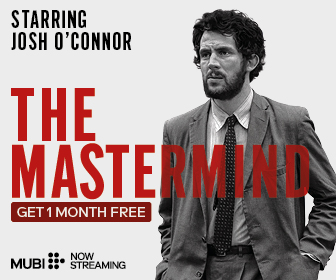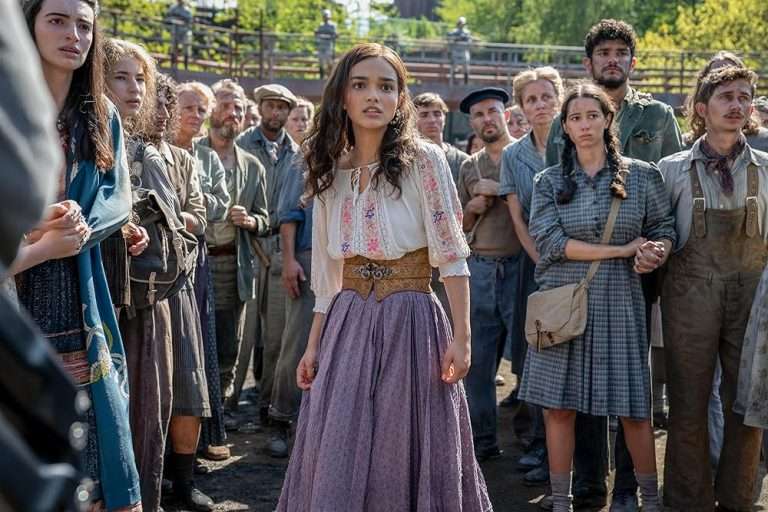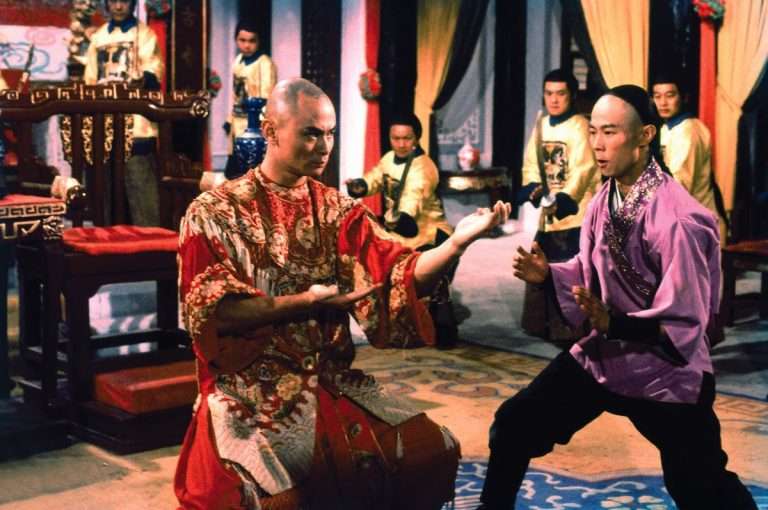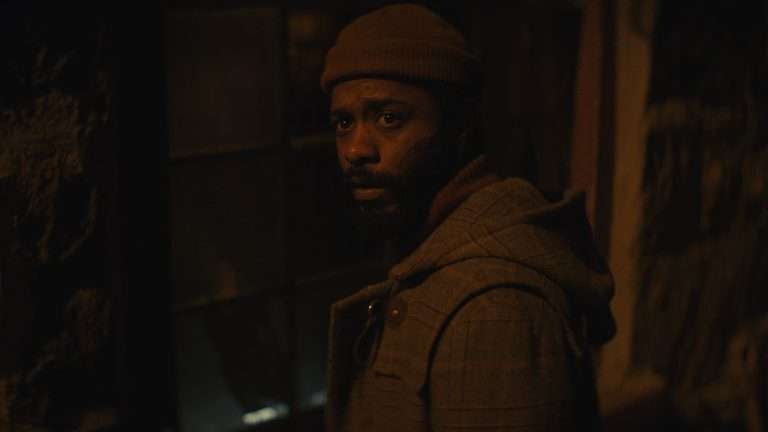With the passing of one of Hollywood’s greats, we have lost more than an actor, producer, or director. We have lost an icon. A man whose artistry helped define an era and whose humility grounded his brilliance. Born Charles Robert Redford Jr., the man never sought the fame that so effortlessly found him. Instead, he lived with his feet firmly on the ground and his mind reaching for the heavens.
I was fortunate enough to meet Bob early in his directing journey, not during “Ordinary People,” the film that earned him an Oscar®, but earlier, when he was quietly proving himself as a director for television. In those days, before a studio would hand over the reins of a feature film, you had to demonstrate your skill on the small screen, often under a pseudonym, to avoid the “stigma” of working in TV. Film was considered the higher art form back then, and actors or directors who transitioned from film to television risked being labeled as past their prime. It is poetic, and a touch ironic, that his final appearance was on “Dark Winds,” the very streaming TV series he was producing.
Years later, when Redford was filming “Sneakers” on the same lot where I was working, I made a point of speaking with him. He was kind, insightful, and remarkably down-to-earth, the kind of person who preferred meaningful conversation to industry small talk. From that moment, I regarded him as a mentor. Robert Redford was, quite simply, the most un-Hollywood Hollywood insider I had ever met. A few years before his passing, I was fortunate to share with him how deeply I admired his work ethic and accomplishments, not as a fan approaching a famous star, but as one human being speaking to another. He appreciated the honesty and heart behind my words.
With that said, there is a forgotten masterpiece in his credits.
As tributes pour in and retrospectives revisit Redford’s most celebrated works, such as “Butch Cassidy and the Sundance Kid,” “The Way We Were,” “The Sting,” and “Ordinary People,” one film continues to be quietly overlooked: “The Milagro Beanfield War” (1988). Released eight years after Academy Award-winning “Ordinary People,” this was Redford’s second directorial effort, a magical, socially conscious film that blended realism with folklore. The question people asked at the time was: Why such a long gap?
In an interview with Stephen Schaffer for Film Comment, Redford explained that he had planned to take a two-year break after “Ordinary People,” but adapting “The Milagro Beanfield War” proved to be far more complex than expected.
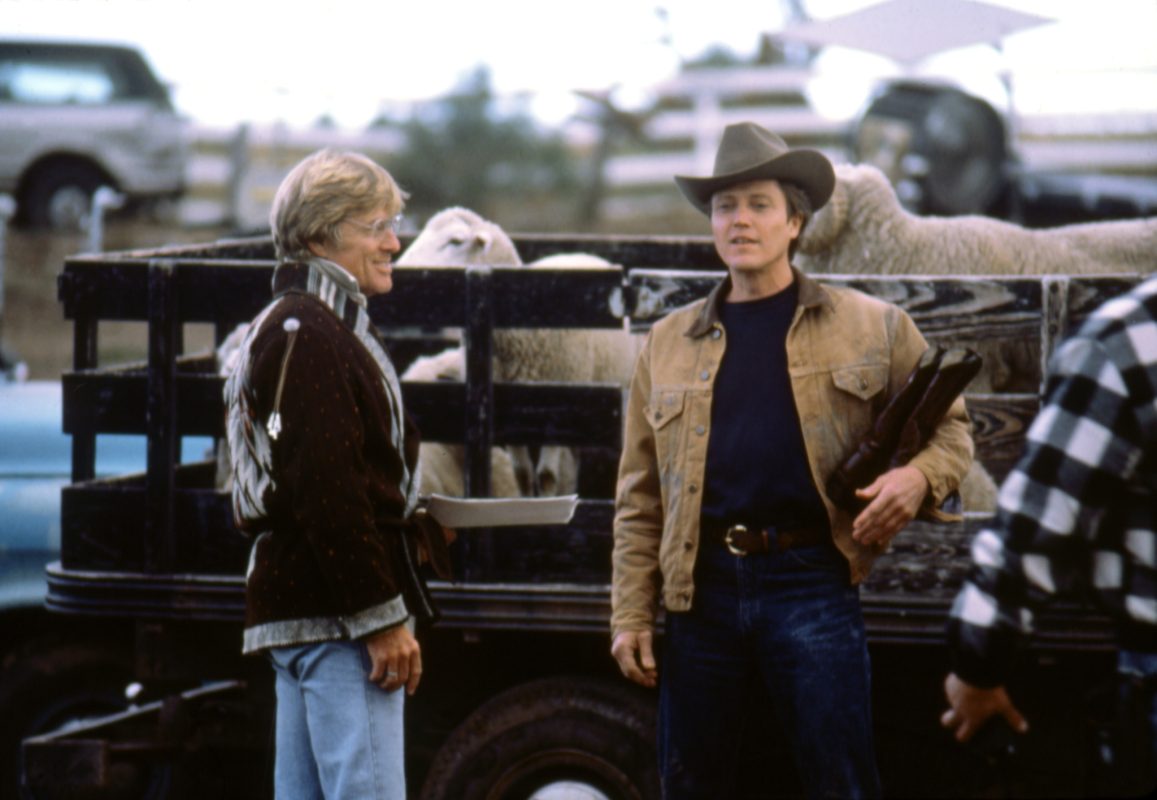
“It was compounded by trying to take 680 [actually 630] pages of a rather meandering narrative that has the luxury of being able to kind of drift and float and bob and weave and stall and then go forward, charging ahead like lightning. You’re condensing a 680-page book into a 120-page screenplay. That transference was obviously difficult, all those characters.”
Also Read: A Tribute To Robert Redford: An Icon Of Decency, Compassion, and Service Who Offered An Optimistic Future for Hollywood
That challenge did not deter him. The result was a film that felt as alive and spiritual as the New Mexico landscape itself. From the first frame, “Milagro” casts a quiet spell. The opening sequence unfolds at dawn as a mythic Coyote Angel rises from the earth, dancing along a dirt road, playing his instrument as he passes the farm of Amarante Cordova, who wakes to greet the new day. The imagery is simple, but breathtaking. I remember watching it in the theater and being completely mesmerized. When the credits rolled, I found myself asking, “Who directed this?” The answer—Robert Redford—felt like a revelation.
Although “The Milagro Beanfield War” received recognition for its sound and music, its storytelling runs deep. The film explores the age-old struggle between the powerful and the powerless, between those who control resources and those fighting to reclaim them. Set in a small New Mexico town, the film follows a community of Latino farmers who find themselves at odds with developers after their most vital resource, water, is diverted to support a new resort. The irrigation ditches, known as acequias, were first dug by Spanish settlers in the 17th and 18th centuries (High Road Artist), grounding the story in real Southwestern history.
The film intertwines Catholic, Native American, and Spanish influences, reflecting the region’s cultural richness and the ways these traditions coexist. Redford’s casting was intentional. There was no single star that dominated the film. Instead, the ensemble reflects the community’s soul. Redford’s approach to directing mirrored his respect for nature and authenticity. He was known for shooting multiple takes and keeping the script flexible, often allowing real-world elements, such as light and weather, to influence the final product. He believed in letting the film breathe, a philosophy that gave “Milagro” its organic rhythm.
At its heart, the story centers on Amarante Cordova, who accidentally opens an irrigation valve, flooding his dry field. That simple act sparks a battle between the townspeople and the corporate developers seeking to seize their land (IMDb). In many ways, the story’s themes echo those of modern tales like “Yellowstone,” in which land, heritage, and power collide. More than three decades later, “The Milagro Beanfield War” feels every bit as relevant. It is a testament to Redford’s timeless vision.

Read More: The 10 Greatest Robert Redford Movie Performances
Redford was more than an actor; he was a visionary behind the camera. Story drove his films; unlike other directors who worship the brand and commercialism, Redford perfected the art of making story the driving force of his work. What drew Redford to this story? In his conversation with Schaffer, he spoke of his passion for preserving the American West, its untouched landscapes, old customs, and ways of life.
“I like people in a dilemma. I like people faced with a question that requires action, that requires commitment and conviction, people who are faced with a hard choice. To me, that’s the stuff of dramatic content. What’s happening in “Milagro” is a microcosm of what’s happening all through the West and around the country. People make their choice: Do they want to preserve the culture or give it up for a higher profit gain? Which is what usually happens. It’s creating a lot of paranoia, schizophrenia, and depression.”
That insight captures Redford’s core as an artist was a draw to moral complexity and human conflict rather than spectacle. His films invite reflection. They challenge audiences to consider not just what happens on screen, but what it means. Even Redford was not immune to the challenges of the studio system. Getting “The Milagro Beanfield War” made was no easy feat. Studio executives questioned the film’s marketability, unconvinced that a story centered on Mexican American farmers in a small New Mexico town would appeal to mainstream audiences. Redford pushed forward anyway.
Redford described how Hollywood’s “shifting sands” had moved away from the creative spirit that once defined it, becoming dominated by lawyers and accountants rather than filmmakers. Executives rarely stayed in one position longer than three to five years — about the same time it takes to make a movie — which made it difficult to see a project through from start to finish. As studios turn to algorithms and analytics to decide what gets made, creativity is often the first casualty. It is hard to imagine a film this rich in heart and meaning surviving that process today.
Despite these challenges, Redford remained steadfast. Collaborating closely with John Nichols, author of the original novel, he devoted years to refining the screenplay, ensuring that the adaptation stayed true to its spirit. It was a labor of love, not profit, a true statement of artistic conviction.
Today, “The Milagro Beanfield War” stands as one of Robert Redford’s most undervalued achievements. It is a film that captures his essence as both storyteller and human being. It embodies his belief in fairness, his love of the American West, and his respect for voices too often left unheard. This is the moment to return to “The Milagro Beanfield War” and see it with fresh eyes.
Robert Redford’s passing reminds us of the rare kind of artist he was, one who lived with authenticity, spoke with purpose, and led with quiet conviction. He was a visionary who used cinema to bridge divides between myth and reality, art, and activism.
In a Hollywood often obsessed with glamour, Redford remained something better: real.
References:
-
https://www.filmcomment.com/article/bored-with-his-name-robert-redford-interview-1988/
-
https://high-road-artist.com/737/southwest-history/robert-redfords-milagro-beanfield-war-in-truchas/
-
https://www.imdb.com/title/tt0095638/?ref_=fn_t_1

